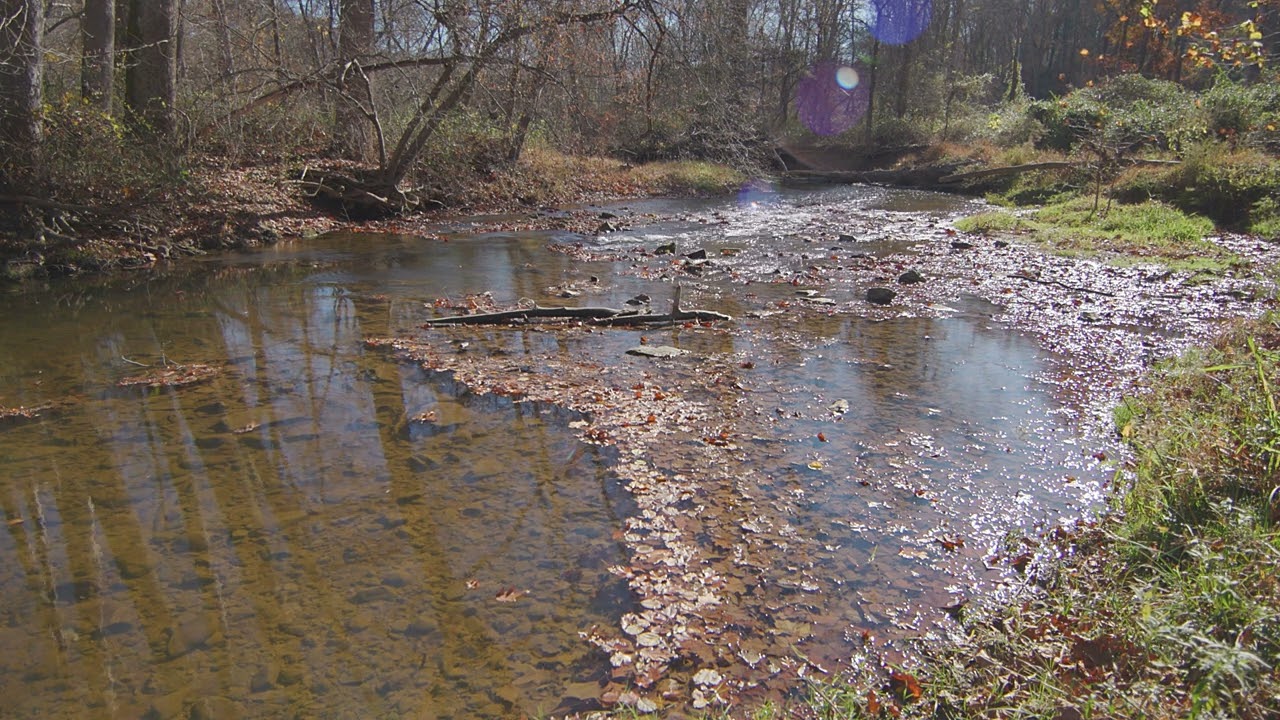- The impact of seasonal changes on wildlife behavior along the Patuxent River.
- The role of bioacoustics in understanding and conserving the natural soundscape.
- Influence of habitat management practices on biodiversity conservation.
- The importance of community engagement in preserving the ecological integrity of the Patuxent River.
- Strategies for effective wildlife conservation rooted in research and data.
The Patuxent River, winding gracefully through Maryland, reveals the symphony of sounds that defines the fall season. This natural soundscape is rich, an intricate mix of wildlife calls and environmental noises, reflecting the dynamic ecosystem that thrives here. As the season turns, distinct behavioral changes can be observed in wildlife, influenced by the shifting weather and available resources. This article examines these fascinating changes in the natural environment, offering insights into wildlife behavior, the science of soundscapes, and the importance of conservation practices along this vibrant river.
Seasonal changes bring significant impacts to wildlife behavior. As the days grow shorter and temperatures drop, animals adjust their habits to prepare for the coming winter. Migratory birds, for instance, become particularly active. Flocks of bird species such as geese and warblers can be seen and heard, their calls becoming part of the fall soundscape as they travel south. The Patuxent River serves as a critical stopover in their migration path, providing vital resources such as food and shelter. This period is crucial for birds, and biologists studying the Patuxent River habitat spend this time collecting extensive data on migration patterns and bird health. Detailed studies often reveal changes in stopover durations, which are critical to understand in order to assess habitat quality and the broader implications of climate change on migratory species.
The role of soundscapes in wildlife ecology is gaining recognition in the scientific community. The river’s soundscape not only offers delight to human listeners but also plays a crucial role in ecosystems. Bioacoustics, the study of sound in animal behavior, is a powerful tool in understanding these complex interactions. Various bird species use vocalizations to communicate during territorial disputes or mating rituals. The fall season intensifies these vocal interactions, as animals prepare for winter and adjust their territories. By analyzing these acoustic signals, researchers can gather data on species presence, abundance, and breeding patterns. Advances in technology, such as automated recording devices and sophisticated software, enable conservationists to monitor these sounds over time, facilitating a deeper understanding of the ecosystem’s health and dynamics.
Habitat management practices play a pivotal role in sustaining biodiversity along the Patuxent River. The maintenance of diverse habitats, ranging from forests to wetlands, is crucial for wildlife. Forests provide shelter for species like white-tailed deer and countless bird species. Wetlands, on the other hand, are critical for amphibian populations and serve as breeding grounds for fish. Effective management involves controlled burning, reforestation efforts, and the strategic creation of buffer zones that mitigate pollution and erosion. Conservation agencies meticulously plan these interventions to maintain ecological balance, guided by scientific research and long-term monitoring data.
Community involvement is vital in preserving the ecological integrity of the Patuxent River. Local communities contribute significantly through citizen science initiatives and educational programs. Environmental education in schools and community workshops encourages residents to take an active role in conservation efforts. Citizen scientists participate in bird counts and water quality monitoring, providing essential data to complement professional research. Collaborative efforts often yield innovative solutions to conservation challenges, fostering a sense of shared responsibility and connection to the natural environment.
Strategizing for effective wildlife conservation is a multifaceted endeavor that hinges on integrating research and actionable data. Conservation strategies often include habitat restoration, species monitoring, and policy advocacy. For the Patuxent River, ongoing collaborations between governmental bodies, non-profit organizations, and academic institutions provide a framework for comprehensive ecological management. Research projects focus on understanding human impact, such as urban development and pollution, and devising strategies to mitigate these threats. Restorative initiatives, such as planting native vegetation and controlling invasive species, are essential components of these conservation plans. Additionally, the implementation of policies that protect critical habitats and regulate land use ensures the sustainability of the natural soundscape and the biodiversity it supports.
Nature’s symphony along the Patuxent River is a testament to the region’s vibrant and dynamic ecosystem. Understanding and appreciating this fall soundscape provides insight into the intricate behaviors of wildlife and underscores the importance of conservation efforts. As we deepen our knowledge through scientific inquiry and community participation, we pave the way for a sustainable future where the beauty and diversity of nature can continue to thrive.
*****
Source Description
Get ready to relax as we showcase the tranquil shores of the Patuxent River during the early fall season. The scenery is absolutely breathtaking, with colorful foliage and the soothing flow of the river. This video is all about taking a moment to appreciate the beauty around us and finding peace in nature. Perfect for anyone needing a little escape!


